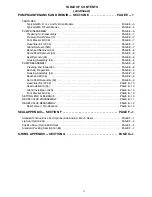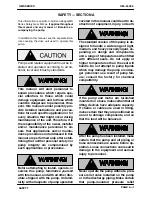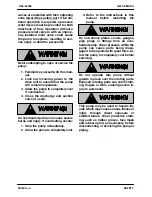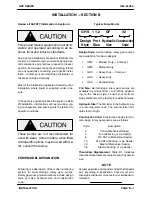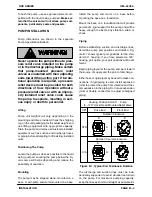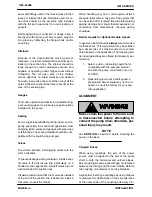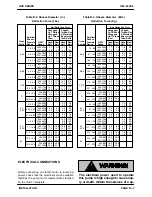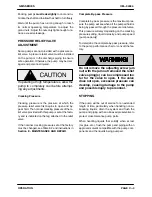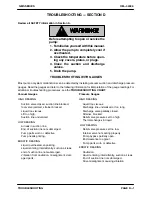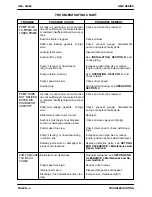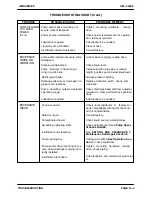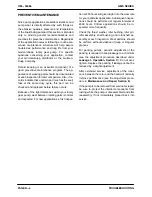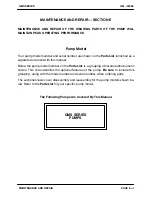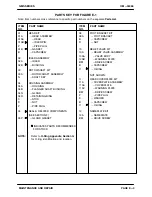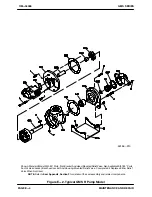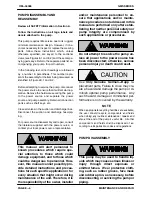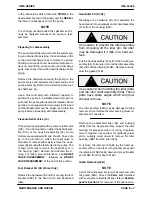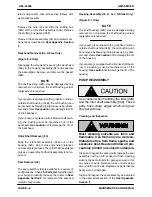
GMS SERIES
OM-04386
PAGE C-1
OPERATION
OPERATION - SECTION C
Review all SAFETY information in Section A.
Follow the instructions on all tags, labels and
decals attached to the pump.
PUMP OPERATION
Pressure relief valves are designed to
operate as safety devices and should
never be used to regulate liquid flow.
Otherwise, the pump or piping may ex
plode and cause personal injury or
death.
PRE‐OPERATION
Make certain that all instructions in
INSTALLA
TION,
Section B have been carried out.
The standard version of the pump is de
signed to handle a wide range of light, me
dium, and heavy viscosity liquids, depend
ing on design and components. Do not in
stall the pump in a service with higher liquid
temperatures than what it was designed;
otherwise, pump components and opera
tion may be affected. For temperature
range consult The Gorman‐Rupp Compa
ny.
Before Starting The Pump
Never operate the pump against a
closed suction or discharge valve. The
pump will overheat, and may rupture or
explode, causing personal injury or
death.
Open all valves in the suction and discharge lines,
and close all drain valves.
Consult the drive manufacturer's operating manu
al before attempting to start the drive.
In a suction lift, fill the pump housing with liquid to
seal clearances and to lubricate.
Checking Pump Rotation
Correct rotation of your pump is shown on the
pump serial plate or direction arrow plate.
In applications with a single direction of
flow and a single pump‐mounted pressure
relief valve, make certain that the drive unit
turns the pump in the correct direction of
rotation. Otherwise, the pump‐mounted
pressure relief valve will not function.
Follow the drive unit manufacturer's instructions,
jog the pump motor
briefly
, and check rotation.
If a 3‐phase motor is being used and rotation is in
correct, have a qualified electrician interchange
any two of the 3‐phase wires to change the direc
tion of rotation. If a 1‐phase motor is being used
and rotation is incorrect, consult the motor man
ufacturer's literature.
STARTING
Start the drive unit as indicated in the manufactur
er's instructions and observe the suction and dis
charge gauges. If the pump does not deliver liquid
within one minute, stop the drive unit.
Do not
oper
ate the pump more than one minute without liquid
in it; dry operation will damage or destroy the
pump.
Although this pump is self‐priming, never
operate it dry. Dry operation could cause


